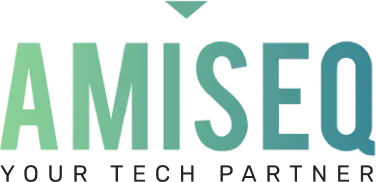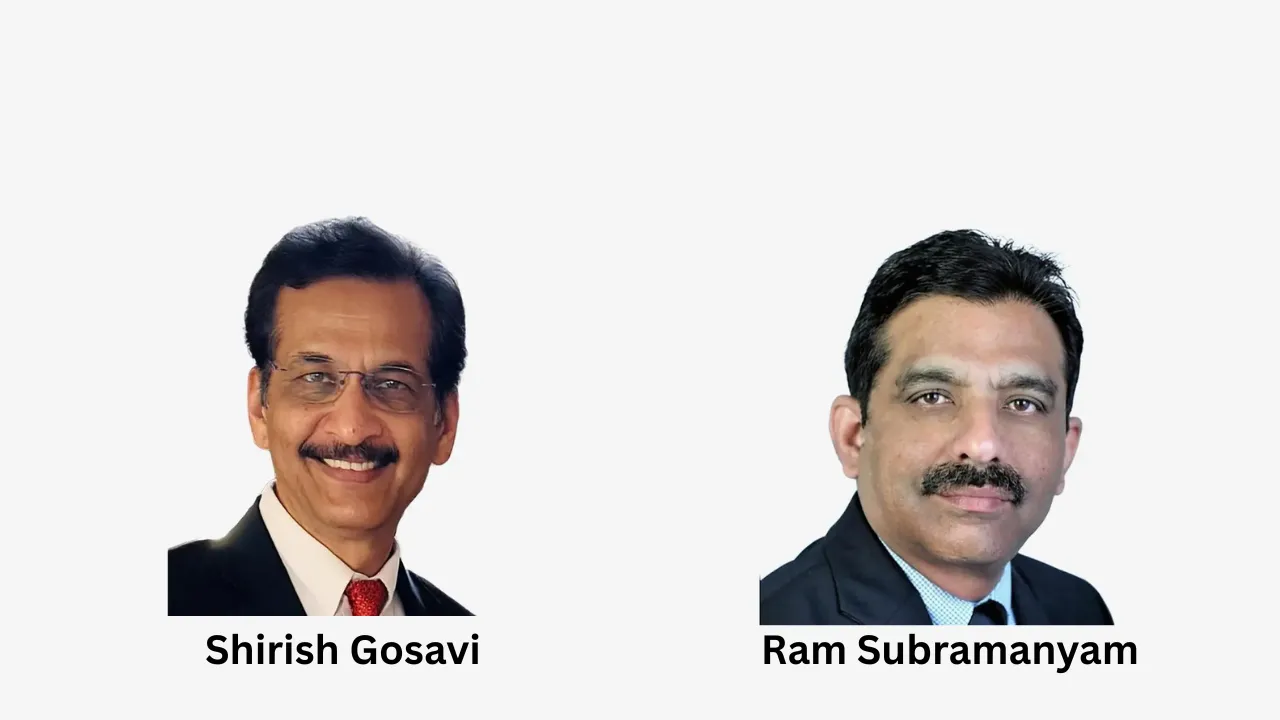Successful automation initiatives require careful strategic planning and superb tactical execution. Strategic success starts with the crafting of an automation roadmap considering automation strategy, automation technologies, automation program governance, automation operating model design, automation people enablement and bot development/support.
Tactical success is grounded on a strong understanding of the applicability of automation in your business, budgeting for the Total Cost of Ownership, computing the business case returns, leveraging applicable automation methodologies and solving specific business problems.
Executive teams and their business and technology leaders recognize the Total Cost of Ownership as a key success factor for their automation program and focus on budgeting for and managing these costs during the automation initiative to maximize returns.
The main components of the Total Cost of Ownership are:
- Development and Deployment Costs
- Licensing Costs
- Add-on Solution Costs
- Maintenance and Support Costs
- Training Costs
- Assessment and Consulting Costs
- Infrastructure Setup Costs
Let’s look at this cost component more closely and identify key insights to consider.
Training
Training and certification costs extend beyond the in-house development team, meaning RPA Developers, to include RPA Program Managers, Business Analysts and Operations Managers. Once a specific software solution is selected the team will need training on that specific solution.
Therefore, the availability of live instructor lead, online training sessions such as webinars, on-demand materials, or vendor training platforms and related documentation would make training and support easier. It also helps if the software solution is intuitive and requires only minimal technical knowledge to operate. Then, business users can pick it up faster.
For citizen developers, courses typically cover the basics of RPA, identification of automation use cases and how to build basic functional task bots using common enterprise automation software and plug-in packages. For Developers, courses typically cover topics associated with quickly creating, installing, deploying and maintaining bots. For Business Analysts, courses typically cover identifying business processes for automation, basic bot building, and managing RPA reporting.
Training costs equate to roughly 6% to 7% of the Total Cost of Ownership.
In conclusion, successful automation initiatives require careful strategic planning and superb tactical execution. Tactical success is grounded on a strong understanding of the applicability of automation in your business, the Total Cost of Ownership, the business case (ROI), automation methodologies and business problems to be solved.
Tackling these cost drivers will move your organization’s automation initiative forward, speed up implementation, reduce automation costs, address technology challenges and improve returns from the average, 24%-29%, to the extraordinary, greater than 110% across three years.
Amiseq’s Intelligent Automation practice can help you make sense of the Total Cost of Ownership. Learn more at www.amiseq.com or register for one of our Making Sense of the Total Cost of Automation webinars on our LinkedIn page. If you find this article insightful, please share, comment or like.
Author: Derek M. D’Onofrio | Director, Client Relations – Amiseq Intelligent Automation


